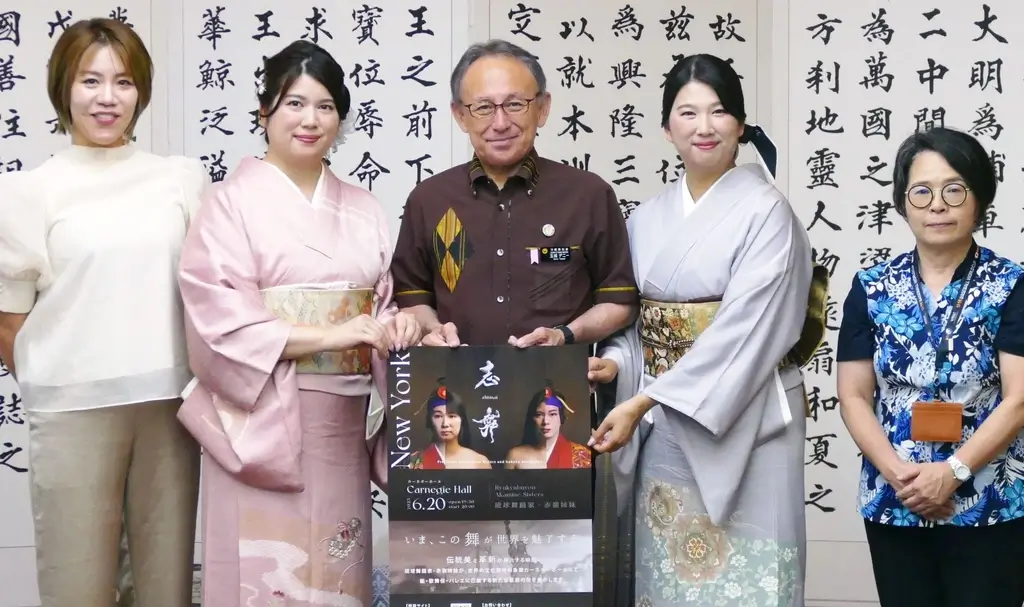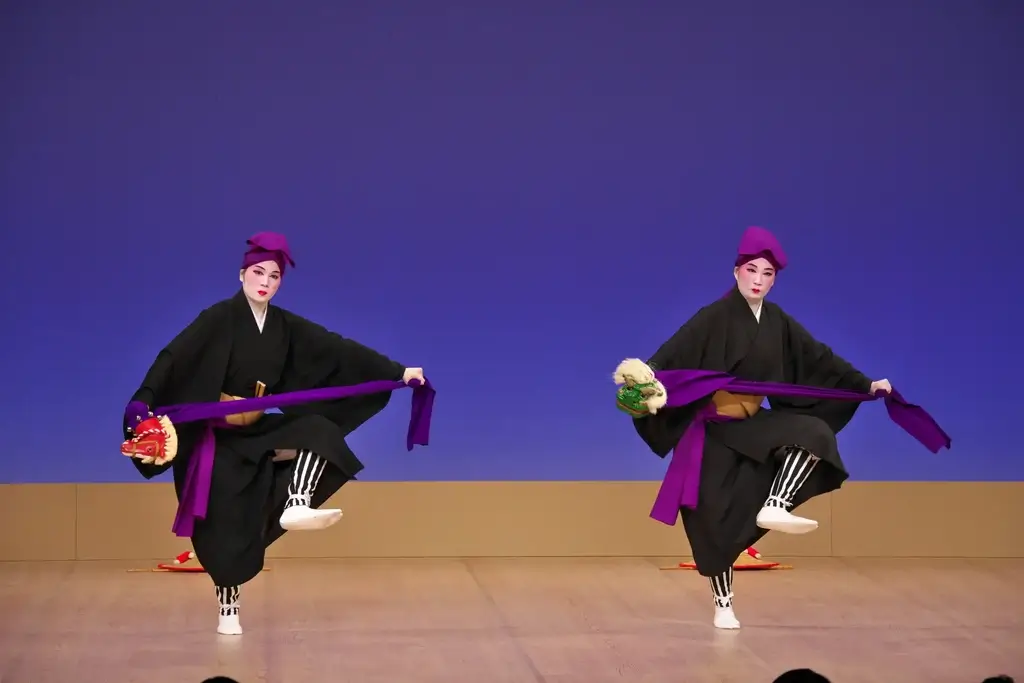From the sunny shores of Okinawa to the bright lights of New York City, sisters Natsuko and Maki Akamine prepared for a big moment. On June 20th, the talented pair performed at Carnegie Hall, one of the most famous concert halls in the world.
They showcased Ryukyu Buyou, a traditional Okinawan dance that began during the Ryukyu Kingdom era. With flowing movements and deep cultural meaning, the dance gave people a special look into Okinawa’s past. Their performance honored tradition, showed strength, and shared the sisters’ love for preserving history.
Table of Contents
ToggleThe Heart of Okinawa on a World Stage
Natsuko (35) and Maki Akamine (33), were sisters from Naha in Okinawa who had practiced Ryukyu Buyou since childhood. This graceful dance began during the Ryukyu Kingdom era (1429–1879) and was first performed to entertain Chinese guests. It was often called a court dance filled with meaning and beauty.
Even though Okinawa officially became part of Japan in 1879, the dance stayed strong throughout history. New styles like zou-odori (miscellaneous dance) and sousaku-buyou (creative dance) appeared, but Ryukyu Buyou kept its classic style. In 2009, it was named an Important Intangible Cultural Property of Japan. It’s still performed at weddings and cultural events across the country.

A Lifelong Journey with Ryukyu Buyou
The Akamine Sisters began learning Ryukyu Buyou when they were six. Back then, Okinawa’s music scene was filled with pop stars like Namie Amuro and Speed. At first, the sisters dreamed of learning cool, modern dance styles like the ones they saw on TV. But once they tried Ryukyu Buyou, they were amazed by how it told stories with graceful moves and strong feelings.
While living in Tokyo, they still traveled to Okinawa Island every month to keep practicing. Natsuko studied vocal music, and Maki went to junior college and worked part-time. In 2016, they created the Akamine Sisters dance team. Natsuko sang opera, and Maki worked at a trading company. But together, they performed Ryukyu Buyou across Japan, sharing its beauty with new audiences everywhere.
Are you curious about authentic Japanese snacks and treats? Subscription services like Sakuraco offer premium Japanese ingredients, traditional Japanese snacks, teas, and sweets from local Japanese makers right to your door every month so you can experience the taste and tradition of Japan in your kitchen.
Keeping Tradition Alive
While many dancers mixed Okinawan styles with modern dance, the Akamine sisters only stuck to traditional Ryukyu Buyou. They believed it was essential to protect the original form, mainly because of Okinawa’s complex past. Many parts of Okinawan culture were lost or damaged during World War II. Even famous places like Shuri-jo Castle were destroyed.

But Ryukyu Buyou survived, passed down from teacher to student over many years. The Akamine sisters were deeply committed to continuing this legacy. They believed it was essential to share the dance with today’s society. Because of this, they felt proud to carry on a tradition that began in the Ryukyu Kingdom. They aimed to keep this centuries-old dance alive and thriving for future generations by focusing on the classical style.
Innovating to Reach New Audiences
The sisters faced a big challenge in a time filled with quick viral videos. Their classical dance shows often lasted 10 to 20 minutes longer than most videos people watched online. To attract attention, they used social media and creative marketing. They shared eye-catching photos of their traditional costumes alongside casual, everyday shots to connect with more people.
Their big debut at Carnegie Hall on June 20 was a huge step. It was part of their plan to share Ryukyu Buyou with more people. They also tried new ideas, including using augmented reality and smartphone apps. These tools explained the history behind each dance and made the live show more exciting for the audience.
A Cultural Bridge to the World
For Natsuko and Maki Akamine, performing at Carnegie Hall was just one step on a bigger journey. They hoped Ryukyu Buyou would reach many more people beyond Okinawa and Japan. These sisters were more than dancers from their island home to New York City’s bright lights. They were cultural ambassadors, sharing a beautiful and timeless tradition with the world.

Why This Performance Mattered
People worldwide needed to see the Akamine Sisters’ dance because it was living history. Each graceful step and haunting song told Okinawa’s rich story, which survived wars, change, and many years. By keeping Ryukyu Buyou pure and true, they honored their roots and inspired young people to connect with tradition.
Overall, their Carnegie Hall show wasn’t only a big moment for them. It was also a chance for everyone to feel Okinawa’s timeless spirit. What part of the Akamine Sisters’ journey inspired you the most? Have you ever seen a traditional Okinawan dance performance before? Share your thoughts in the comments below!










